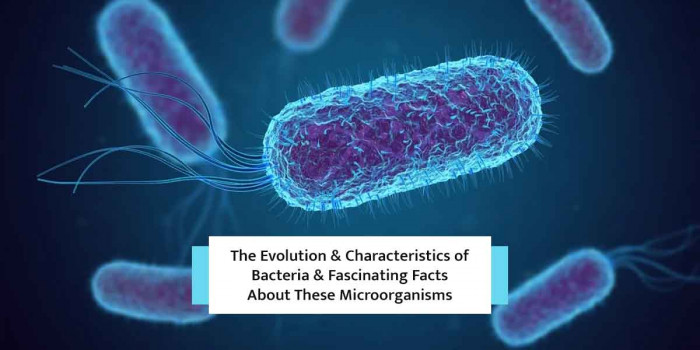10 Interesting But Strange Caterpillar Facts
Do you know these bright colored, beautiful creatures - caterpillars which turn into butterflies are sometimes dangerous too?
While some find caterpillar (young butterflies) cute and adorable, some find them little creepy. You must have seen these slimy pests and slow creatures crawling on the leaves. Most of us are only aware that these caterpillars turn into a butterfly. But very few know how bizarre and fascinating the caterpillar world is. Want to know how many muscles do they have? How many eyes do they have? How do they move? If you don't, then read on here to know.
So, let’s dive into some interesting yet strange facts about caterpillars that you may not have heard about.
1. Caterpillars Are Damn Hungry Creatures
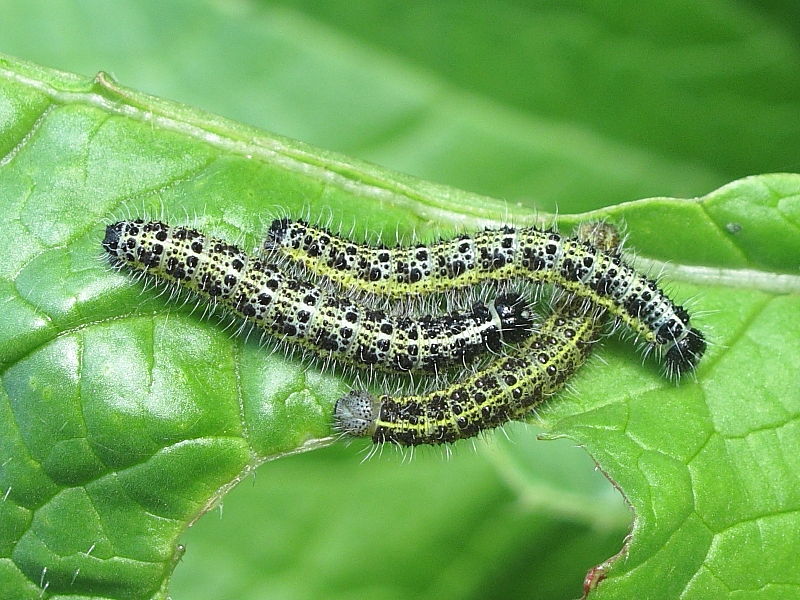
You can clearly say that caterpillar has only one job .i.e to eat. Without proper nutrition, a caterpillar cannot complete its metamorphosis. Not only nutrition, but proper nutrition is required to produce eggs. Caterpillars are even sometimes referred to as 'eating machines' all they do is Eating... Eating... and Eating!
2. Caterpillars Have 4000 Muscles
We humans have just 640-840 muscles in our body, caterpillars head only consists 250 muscles. These muscles help a caterpillar in moving. An adult grasshopper consists nearly 900 muscles while a butterfly consists of 4000 muscles.
3. Caterpillars Don't Have Bones
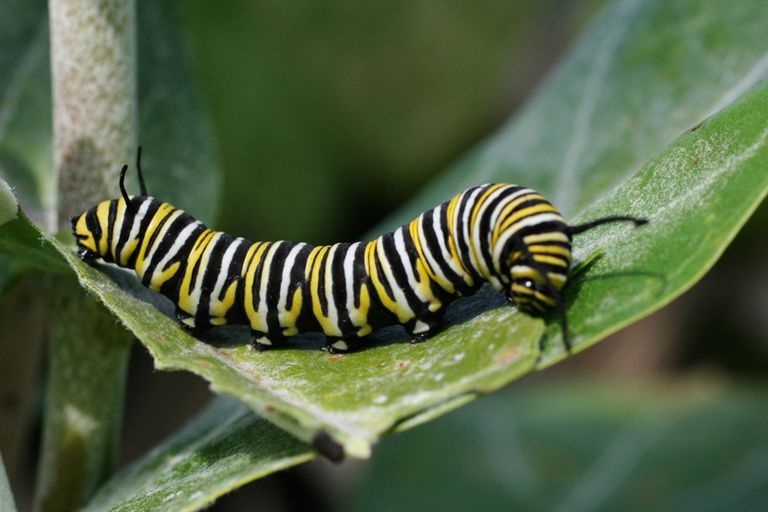
Caterpillars move by compressing muscles in a continuous motion. They move back and forth by two body system i.e. guts and body wall container. The blood pressure of the caterpillar changes as it moves forward.
4. Most Of The Caterpillars Are Herbivores
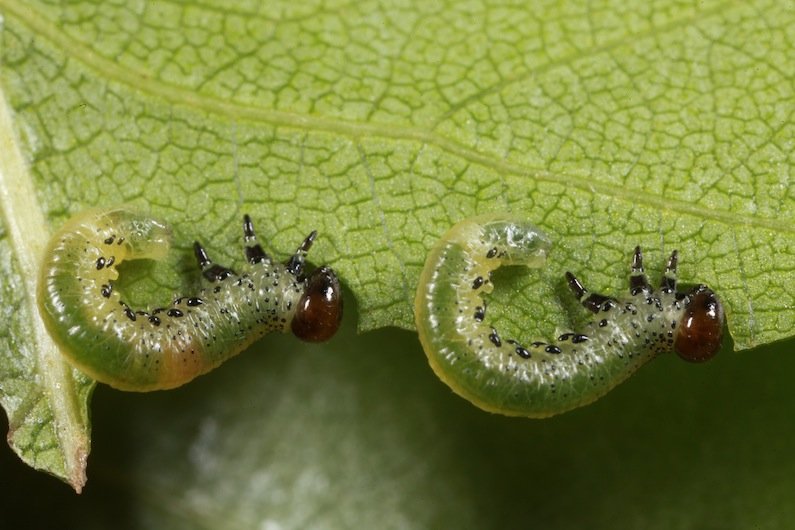
Caterpillars are herbivores as they eat only leaves, fruits and plants. The lesser known caterpillar facts are not all of them feed on fruits, some caterpillars feed insect's eggs too. And to protect themselves from predators, many of them release toxins within their bodies.
5. They Have Twelve Eyes
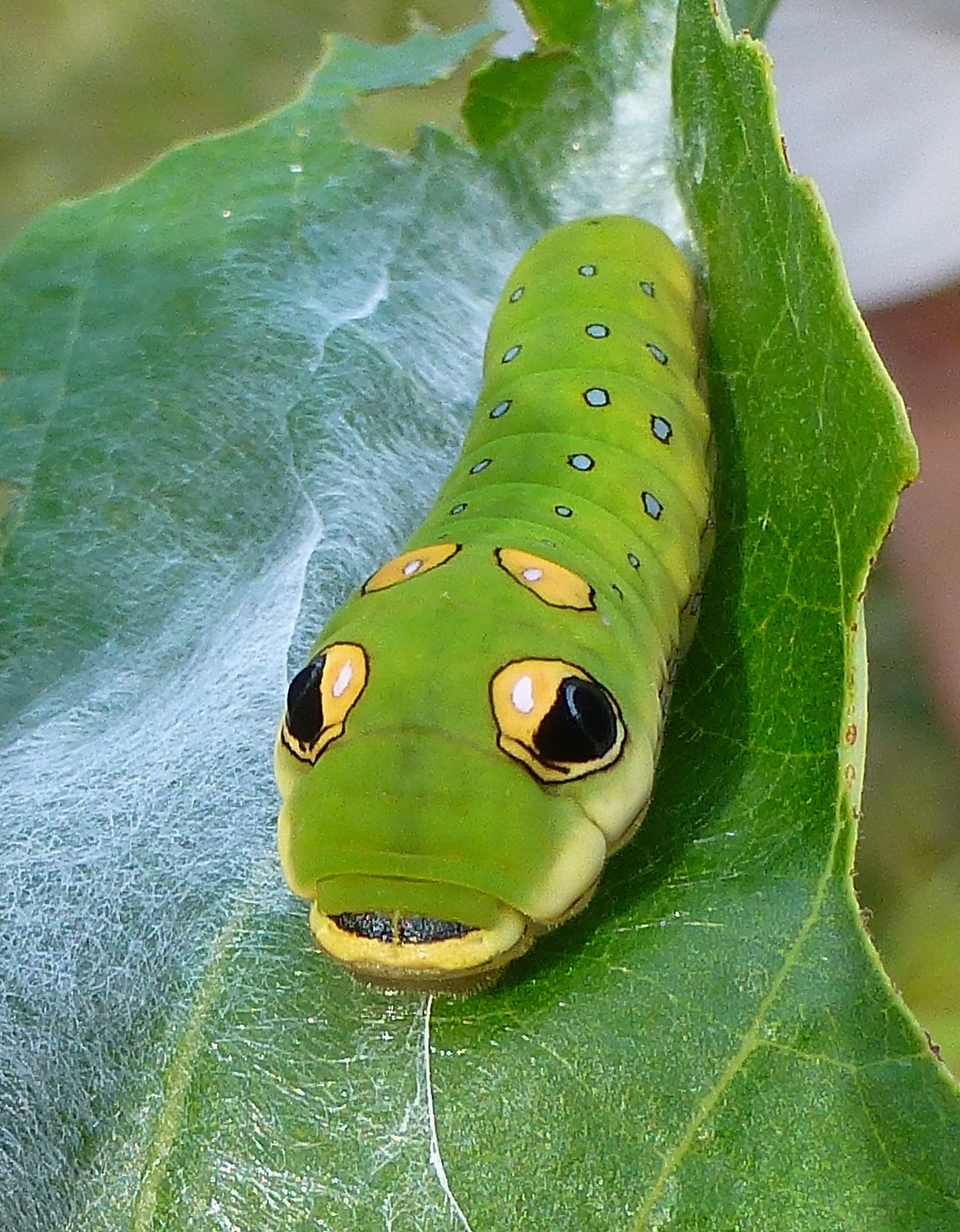
On each side of caterpillar's head you can see, small eyelets which are called as stemmata that are arranged semi circular in shape. But, if you are thinking that caterpillars have 12 eyes means they have excellent eyesight, then you are absolutely wrong. The stemmata only helps them in distinguishing between dark and low tones of light.
6. The Larval Stage Of Caterpillar Is All About Growth
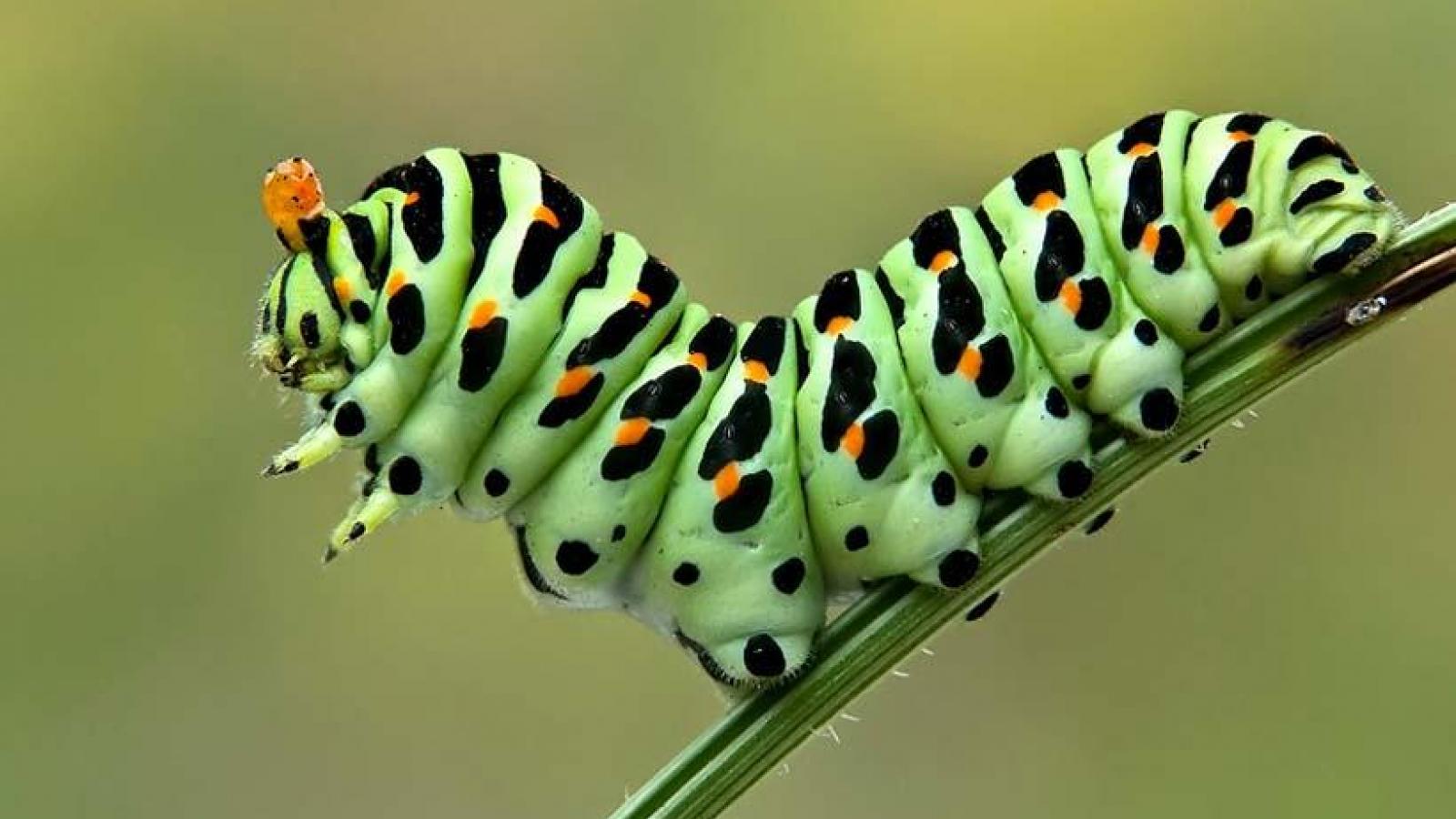
Within a few weeks, the caterpillar shows tremendous growth. Its cuticle or skin is so flexible that it molts several times while gaining the size and mass. They increase their body size by 1000 times or even more. Instar is a stage that occurs between molts and it goes through 5-6 instars before developing into pupa.
7. They Retain Toxins To Prevent From Potential Predators
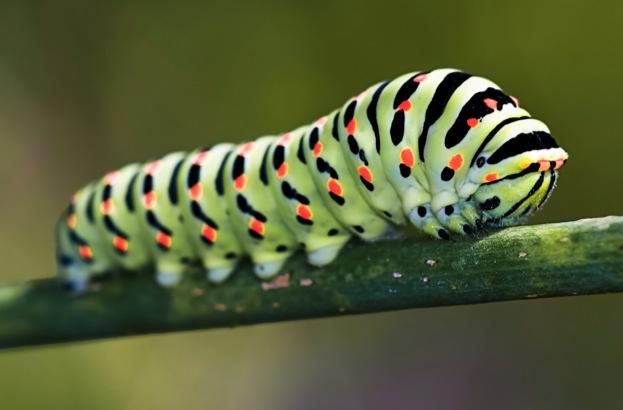
Monarch caterpillar and its host plant milkweed is the perfect example to illustrate this. The monarch caterpillar takes in the glycosides that the milkweed plant produces. So the toxins of the monarch caterpillar stay inside it throughout adulthood and that makes the butterfly unpleasant to birds and other potential predators.
8. Caterpillars Have 6 Or More Legs
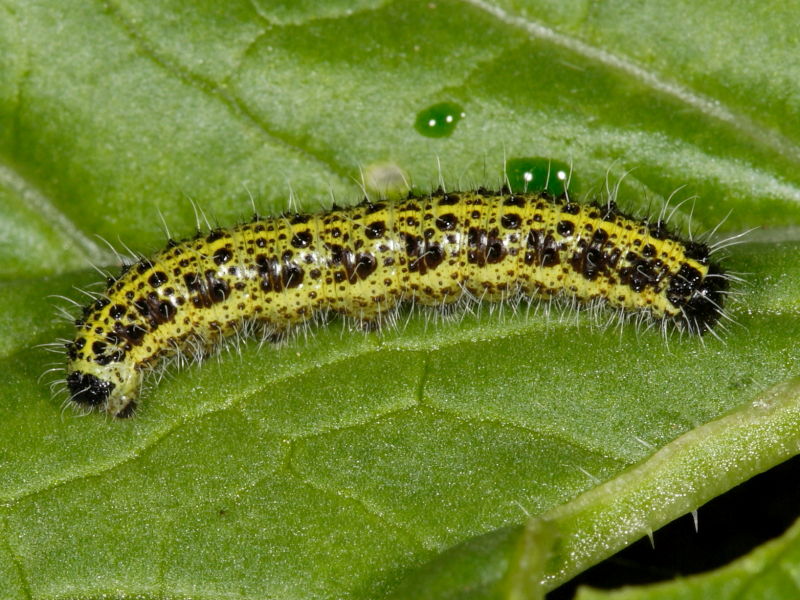
You must have seen more than six legs on caterpillars. You are far way right, but those extra legs are false legs (prolegs) which only helps them in holding the plant surfaces allowing them to climb. But the three pair of prolegs is their true legs that it retains till adulthood. (1.1)
9. Caterpillars Are Quite Sensible Creatures
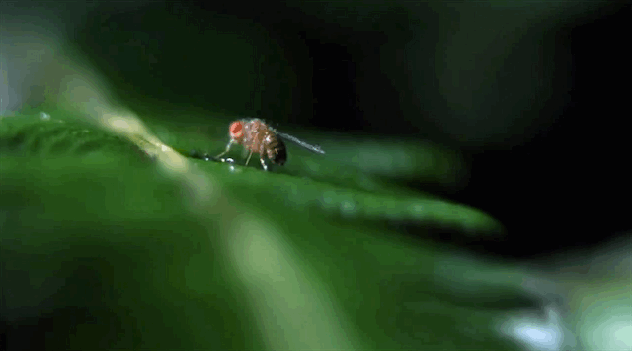
Caterpillars feel and sense any touch quickly. An antenna and the tiny hairs present on their body helps them in sensing.
10. Some Caterpillars Are Credited With Production Of Silk
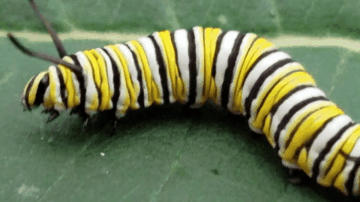
With the salivary glands (present along their mouth sides), caterpillars produce silk. Caterpillars such as gypsy moths scatter away by “ballooning” from treetops on a silken thread. Webworms or eastern tent caterpillars create silk tents where they live altogether. They also use silk while pupating, to create a cocoon or suspend a chrysalis.
Popular Posts
10 Biggest Water Dinosaurs & Sea Monsters Ever Found in Archaeology
The present-day ocean is certainly a scary place where giant sharks, whales, squids, barracuda, and numerous other marine creatures live.
Kimberly Campbell
6 Amazing Things We Should Learn From Camel Feet
Camels are a kind of mammals with the humped back, long legs, and lipped snout. They were domesticated nearly 3000 years ago are still used for transportation.
Kimberly Campbell
80 Most Popular Long Neck Dinosaurs Ever Recorded in History
Do you know the largest creatures ever walk on the earth were the long tailed and long neck dinosaurs which were called as Sauropods?
Kevin Green








